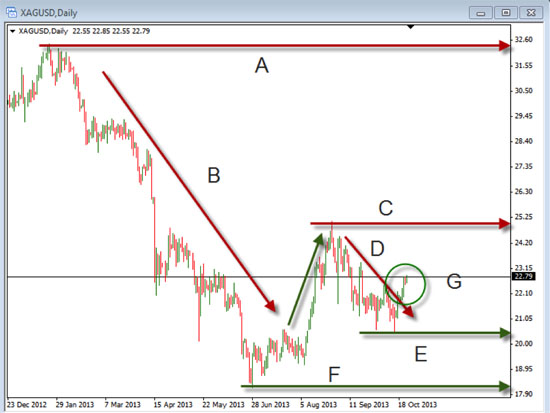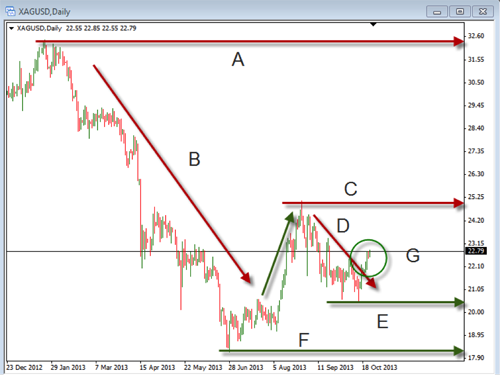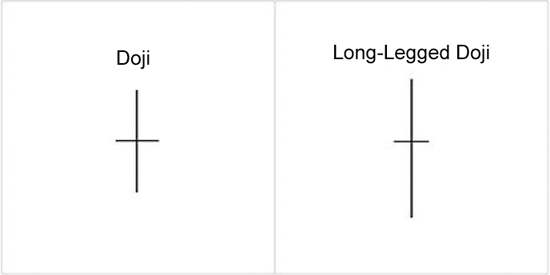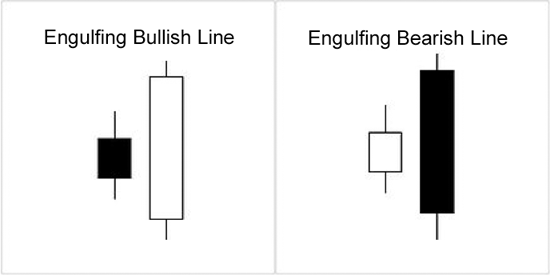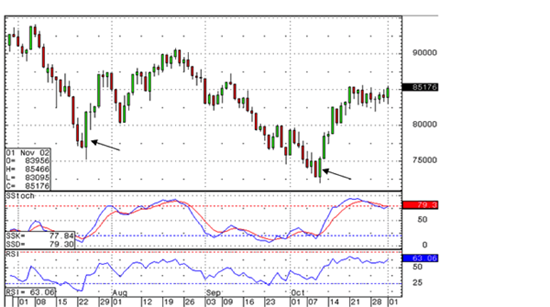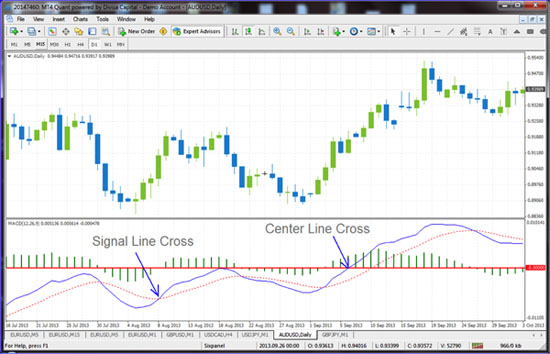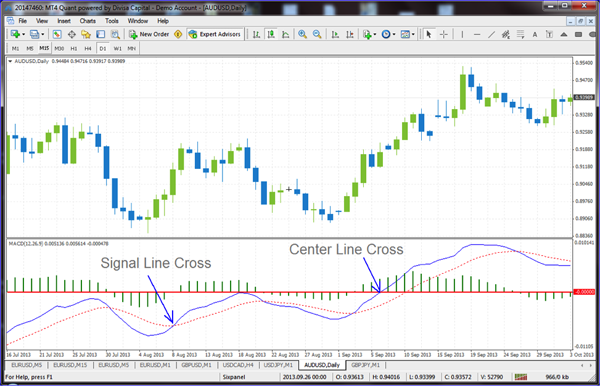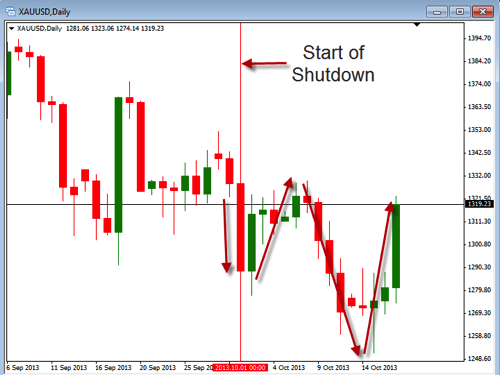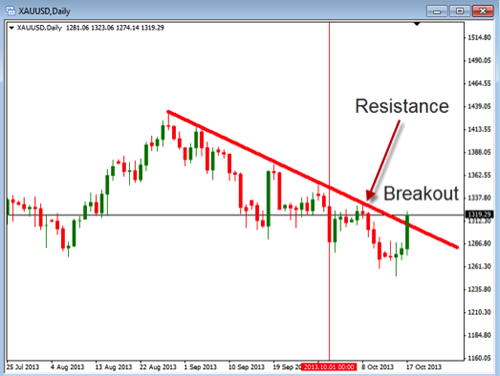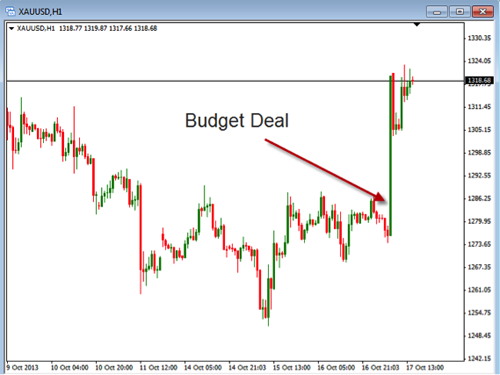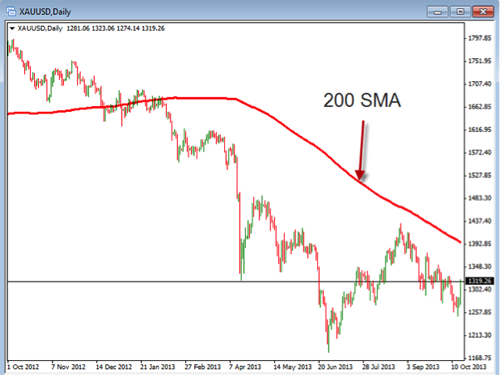Last week I discussed what stop loss orders are and the importance of using stop loss orders to manage your initial risk. Today I am going to discuss the use of trailing stops on your trades once they are “in play”.
What is a Trailing Stop Loss Order and how do they work? Just like initial stop loss orders, the trailing stop promotes trading discipline by taking all of the emotion out of the “exit” decision, thus helping traders and investors to protect profits and account capital. There are two different kinds of trailing stops – automatic trailing stops and manual trailing stops. The benefit of an automatic stop order is that can be set at a predefined percentage away from a stock or other securities current market price. A trailing stop for a long position would be set below the security’s current market price; for a short position, it would be set above the current price. A trailing stop is designed to protect profits in the security by enabling a trade to remain open and continue to profit as long as the price is moving in a positive direction either long or short, but then closing the trade if the price changes direction by a specified percentage, letting the trade exit or “stopping out” at the current trailing stop level. With a manual trailing stop, you would move the stop up or down (whether going long or short), in the direction of the trade using some method such as the low or high of the last 3 bars, for example. The advantage to using a manual trailing stop, depending on the method used, allows you to scale the trailing stop using current market ranges, instead of preset percentage as in an auto trailing stop.
An example of an automatic trailing stop is a stock that is $50 dollars at market and you place an entry order. At the same time you place a trailing stop 5% away from the market. As the stock price moves 5%, the trailing stop will move to break even and then continue to trail on up every time the stock moves another 5%.
One of the trickier things about a trailing stop is how far to place it away from the market. In our example, if you place the trailing stop at 5% and that is too tight for the market, you may get stopped out prematurely, or if, on the other hand you place it too wide, you run the risk of losing too much capital or not protecting enough of your profits. This issue applies to either a manually adjusted trailing stop or to automatic moving trailing stops.
The real advantage to using trailing stops is that you will be able to reduce your risk as the stock or other security moves in your direction and once you move past break–even you will start to protect profits along the way. So always use a stop loss order and it you want to extend the potential profits instead of using a fixed target, use a trailing stop loss to exit your trades.

